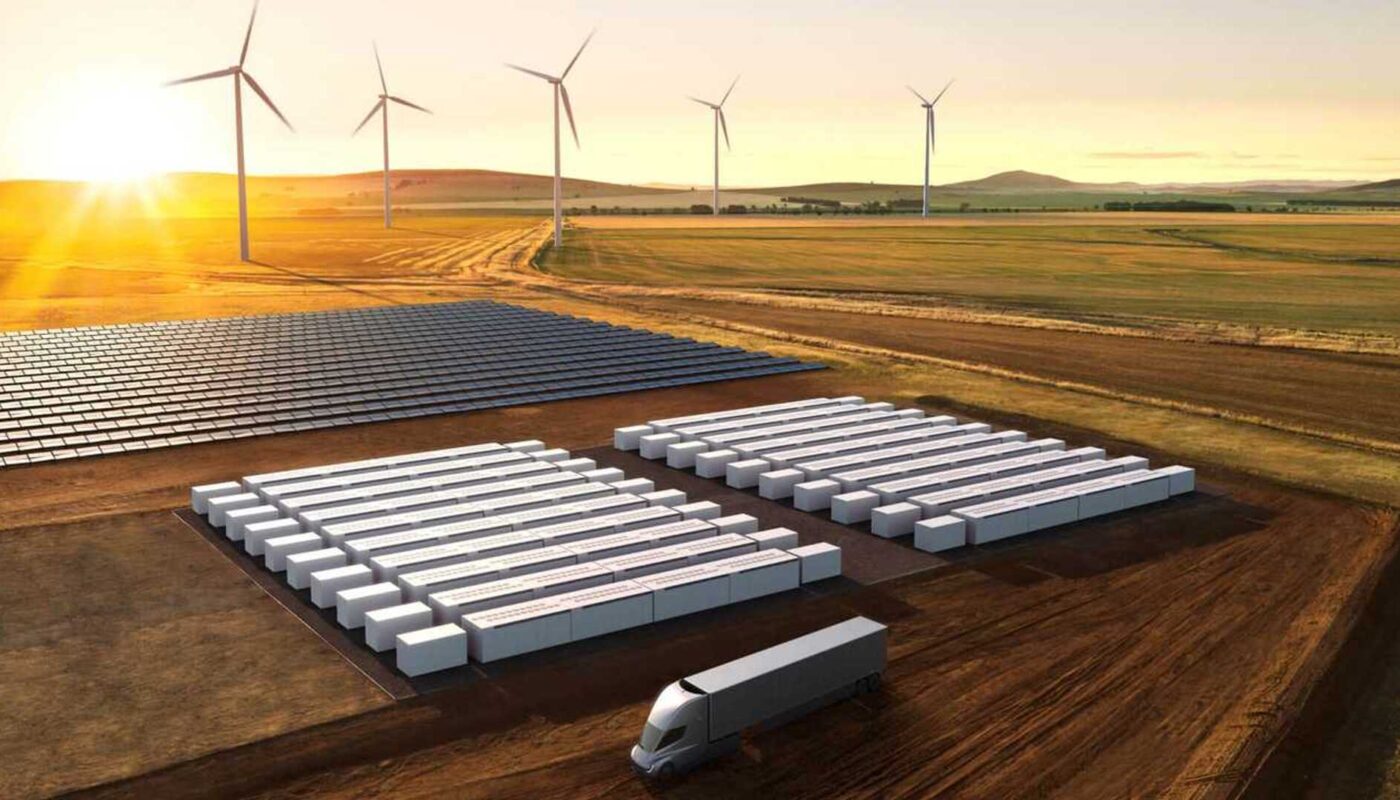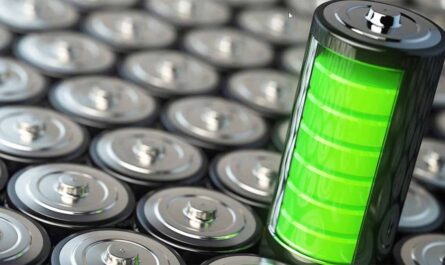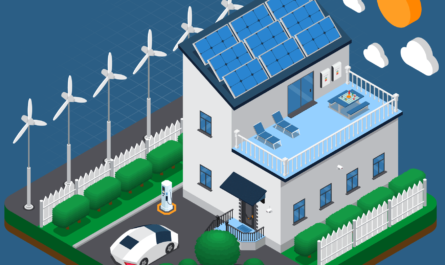As dependence on renewable energy sources like solar and wind grows worldwide, so does the need for effective and reliable energy storage solutions. Stationary energy storage is emerging as an important technology to help overcome some of the core challenges with integrating intermittent renewable energy generation into the existing electric grid. By storing excess renewable energy when production is high for use when renewable generation is low, stationary storage helps balance energy supply and demand on both small and large scales.
Batteries Dominate Stationary Storage
Currently, battery energy storage systems make up the bulk of stationary energy storage deployments around the world due to advancing battery technologies and declining costs. Lithium-ion batteries are the dominant chemistry utilized in both small residential/commercial installations as well as utility-scale projects due to their high energy density and relatively fast charge/discharge rates. Other battery types like lead-acid, sodium sulfur, and flow batteries are also finding niche applications based on project requirements. Batteries however still face challenges related to lifespan, safety and high upfront capital costs.
Residential & Commercial Storage Projects
At the small distributed energy level, batteries are helping enable greater self-consumption of on-site solar power for homes and businesses. By storing excess solar energy during the day, batteries allow consumers to power more of their demand from their own renewable system. This reduces grid reliance and lowers overall energy costs. As battery prices continue falling, the economics are improving for more behind-the-meter storage pairs with PV installations worldwide. In some areas, incentive programs are further driving the deployment of integrated storage and renewables at the residential and commercial scale.
Grid-Scale Battery Deployments
At a larger, utility-scale level, batteries are also starting to play a bigger role in grid management and renewable integration. Battery energy storage systems with capacities of 10MW or more are being deployed at substations to provide services like frequency regulation, peak shaving, and backup power support during grid outages by quickly absorbing or releasing large amounts of energy when needed. By buffering intermittent renewable power flows, batteries help make solar and wind generation more dispatchable and supportive of conventional grid operation. Several multi-hour duration battery projects have even demonstrated the ability to shift excess renewable output from daytime to evening or later hours and better match variable generation to changing electric demand patterns.
Pumped Hydro Storage Dominates Capacity
While batteries are growing in use cases, the technology that overwhelmingly dominates utility- stationary energy storage is pumped hydroelectric storage which makes up over 95% of global installed storage capacity. Pumped hydro works by using low-cost off-peak electricity to pump water uphill into a reservoir, then releasing it back through hydroelectric turbines to generate power during daily peaks or periods of higher demand. These large scale systems with capacities often measured in multiple gigawatt-hours can provide power for many hours on a single charge. Pumped hydro’s energy density, lifespan and ability to supply huge quantities of power make it invaluable for broad grid balancing and renewable integration on national electric grids worldwide. However, its prevalence is limited by geography and the availability of suitable land and reservoirs.
Thermal Energy Storage Gaining Momentum
Other emerging storage methods beyond batteries and pumped hydro also hold promise including various forms of thermal energy storage. These technologies store energy in the form of heat which can later be converted back into electricity as needed. Examples include concentrating solar power plants with molten salt storage tanks that retain heat to continue generating power even when the sun isn’t shining. At scale, these long duration systems are able to shift renewable production to nighttime or peak demand periods. Other thermal storage approaches like using phase change materials, compressed air, or liquid air also show potential for cost effective multi-hour storage to complement large amounts of variable wind and solar on electric grids globally.
Future Outlook – More Storage to Balance More Renewables
As the deployments of renewable energy increase to meet worldwide decarbonization targets, so too will the need grow for large amounts of energy storage across scales to help integrate these variable resources into electricity systems worldwide. A diverse mix of battery, pumped hydro, and thermal storage technologies will all play important roles, with advances continually lowering costs and expanding capabilities. With the right policies and business models in place, energy storage holds immense promise to accelerate the transition to renewable energy powered grids and economies worldwide.
*Note:
1. Source: Coherent Market Insights, Public sources, Desk research
2. We have leveraged AI tools to mine information and compile it




